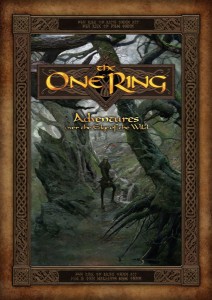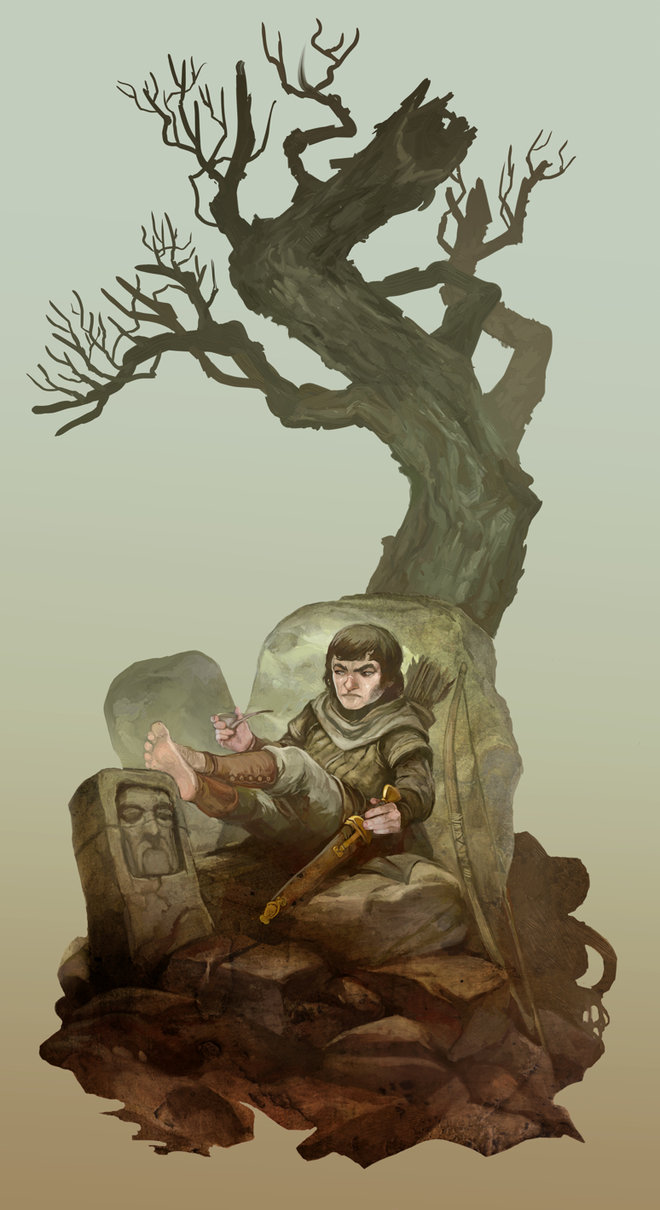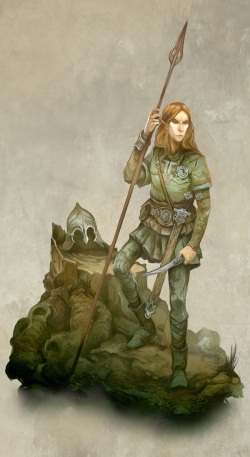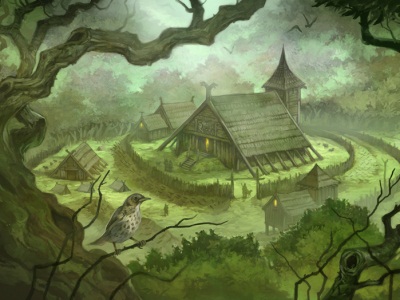 Like many my initial delve into fantasy worlds began with The Hobbit and Lord of the Rings by J.R.R. Tolkien. Tolkien crafted the wonderful world of Middle-earth and that has allowed many an opportunity to escape into a far away world.
Like many my initial delve into fantasy worlds began with The Hobbit and Lord of the Rings by J.R.R. Tolkien. Tolkien crafted the wonderful world of Middle-earth and that has allowed many an opportunity to escape into a far away world.
Along the way there have been several role playing systems that have tried to emulate the feel of Middle-earth. Some of the notables include Iron Crown Enterprises (ICE) Middle-earth Role Playing (MERP) which came out around 1984. In 2002 Decipher released The Lord of the Rings Roleplaying Game. And most recently Cubicle 7 released The One Ring – Adventures Over the Edge of the Wild at Gen Con 2011.
The One Ring (TOR) caught some buzz on twitter over the past few weeks and there have been many threads over at rpg.net on the game and a couple surfacing at EN World. Catching wind of some of this from these sources, I became curious and checked the system out.
Before I venture too far into this post, let me state up front this is not an in-depth review. I fully intend to post a more thorough review, but I need to get more experience with how the combat system actually plays out. Consider this post more of a cursory overview of The One Ring.
The One Ring was written by Francesco Nepitello and artwork was done by John Howe, Jon Hodgson and Tomasz Jedruszek and as noted earlier, put out by Cubicle 7 Entertainment. TOR was released as a box set that includes an Adventurer’s Book and Loremaster’s Book along with maps for each and a set of dice to be used with the game.
One of the very first things that drew my attention was the artwork in the book. The feel and style of it really has a Middle-earth feel to it. Yes, that is difficult to describe, but the art within the books seems to have a soft, earthy tone to them in many cases. The characters depicted in the art also have this feel to them, from the dwarves to the elves to the Beornings.
The artwork drew me in with its Middle-earth feel, but how about the game itself? How does it stack up with the feel of Middle-earth? From my initial read it appears to emulate this feel quite well!
The game includes an emphasis on fellowship and includes a mechanic for “fellowship focus”. Basically a character chooses another member of the fellowship as their focus and certain mechanical rewards occur if this person is not wounded or allows them to more easily recover Hope points in certain situations. Hope represents the perseverance of a character. There is a limited amount of hope, but it can be used as a bonus to boost your chance of success at something like a skill check.
On the flip side, there is the ever present threat of The Shadow, a force of corruption. Think of how the One Ring drove people to madness. This element is represented in TOR via shadow points, a method of tracking ones potential move to madness, at times resulting in temporary loss of control for your character. It certainly seems an interesting mechanic.
The One Ring will be a series of releases and expand in the future. For now this release focuses on starting in the year 2946 of the Third Age about five years after the Battle of Five Armies. It also focuses on the Wilderlands region which includes areas such as the Misty Mountains, Mirkwood, the Lonely Mountain and the town of Esgaroth on Long Lake. Future releases will advance the timeline further and increase the geographical area.
Playable characters can choose from one of several cultures. In this initial release you can choose from the Bardings, Beornings, Dwarves of the Lonely Mountain, Elves of Mirkwood, Hobbits of the Shire and Woodemn of Wilderland. These heroic cultures will be expanded as the geography covered by the game expands.
The game is not based on d20 which in some ways is nice for someone like me who plays a lot of d20 based games. Task/Skill resolution is determined through success dice (d6) and a feat die (d12). You roll a number of success dice equal to your skill level and the feat die. Sixes on your success dice improve your success and the feat die is a bit of a wildcard with a Sauron rune and Gandalf rune that also affect your success.
There is much more to the game, but this is simply an initial look at the game. In my full review I will get into more of the mechanics and such and how they fit into the feel of Middle-earth in this game, including a closer look at combat resolution.
At this point I am quite impressed by The One Ring. It really seems to hit the right chords in getting the feel of Middle-earth just right – at least for me. If you haven’t taken a look at the game yet and you hold a fondness for Middle-earth take a look. And keep checking back here for a more The One Ring coverage.

 Last week Cubicle 7 announced the release of an extended index for The One Ring RPG. This is not just any index though, this is a 19 page index that was created by a team of volunteers.
Last week Cubicle 7 announced the release of an extended index for The One Ring RPG. This is not just any index though, this is a 19 page index that was created by a team of volunteers.





